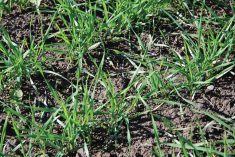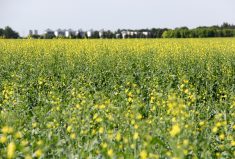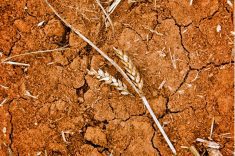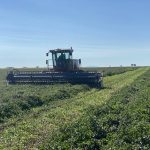Keeping shelterbelts on the landscape requires cultural changes, is the conclusion of a recent survey.
“We need to redefine shelterbelts. They are not just for windbreaks and soil protection. It’s much more than that,” said Louise Bellet, who shared the results of a survey that looked at public perceptions on the subject at the recent Manitoba Conservation Districts Association annual conference.
Bellet, who is working on a master’s of science degree from Royal Roads University in Victoria, B.C., and grew up on a farm in France where shelterbelts are a valued part of the agricultural landscape, sent 300 survey forms to farmers, landowners and townsfolk in the Winkler-Morden area.
Read Also
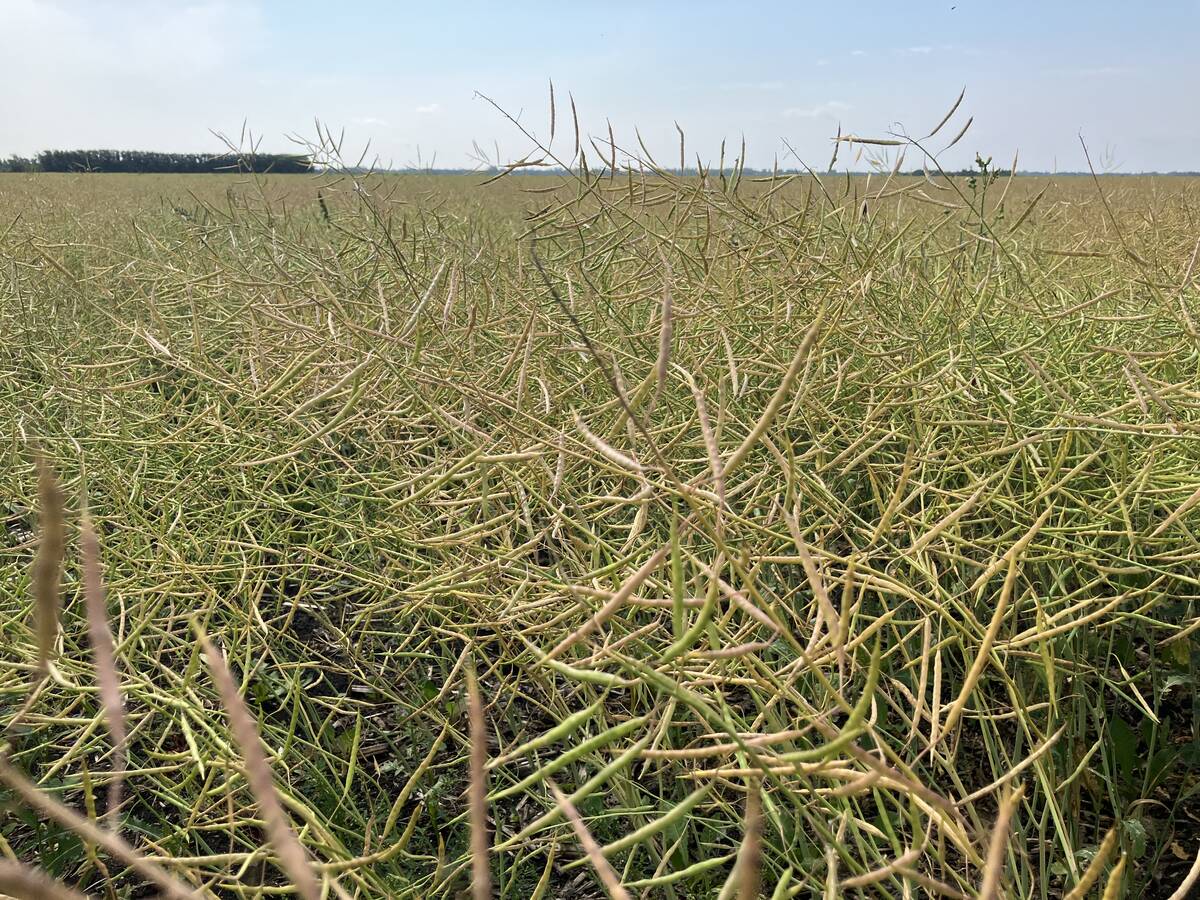
Canola trade watchful during harvest intermission
The flow of speculative money, reacting to whatever world news is available, can be expected to steer grain and oilseed futures in this stretch between Northern and Southern Hemisphere harvests, Phil Franz-Warkentin writes.
Judging from the responses found in the 105 forms that were returned, she was able to determine that the benefits to agriculture in shade, snow capture and erosion control are well understood, but their value in terms of wildlife and pollinator habitat, water purification and nutrient management, as well as overall biodiversity, appear to get short shrift.
Bellet found it “surprising” that biodiversity was cited in less than 50 per cent of responses.
“In Europe, we plant shelterbelts for biodiversity conservation. That’s the main thing,” said Bellet, who added that in France, they are seen as an important cultural element to the countryside for providing sites for fruit picking, bird habitat and hunting.
She speculated that the reason may be that respondents were not aware of the role of their ecological value, or that they feel the agricultural landscape is for “production only” and is not to be considered a “living environment.”
Bellet, who visited the Agroforestry Centre at Indian Head this fall, just as it was closing, noted that shelterbelt planting was actively promoted and supported by the Canadian government during the early years of settlement on the Canadian Prairies.
The goal was not just soil conservation, but also to make the region a more appealing place for communities to live and work.
But in recent years, short-term economic concerns appear to have displaced ecological and community needs, she added.
To illustrate, she showed a series of full-page advertisements from farm newspapers that reflect this trend, one of which featured a fire-breathing dragon perched atop a sprayer.
“How do you think a farmer can make sustainable decisions and adopt conservation practices when they are constantly getting messages to ‘kill, burn, command, and control,’” said Bellet.
“There’s no countervoice. I’m not sure people realize the effect it has on the psychology of farmers.”




